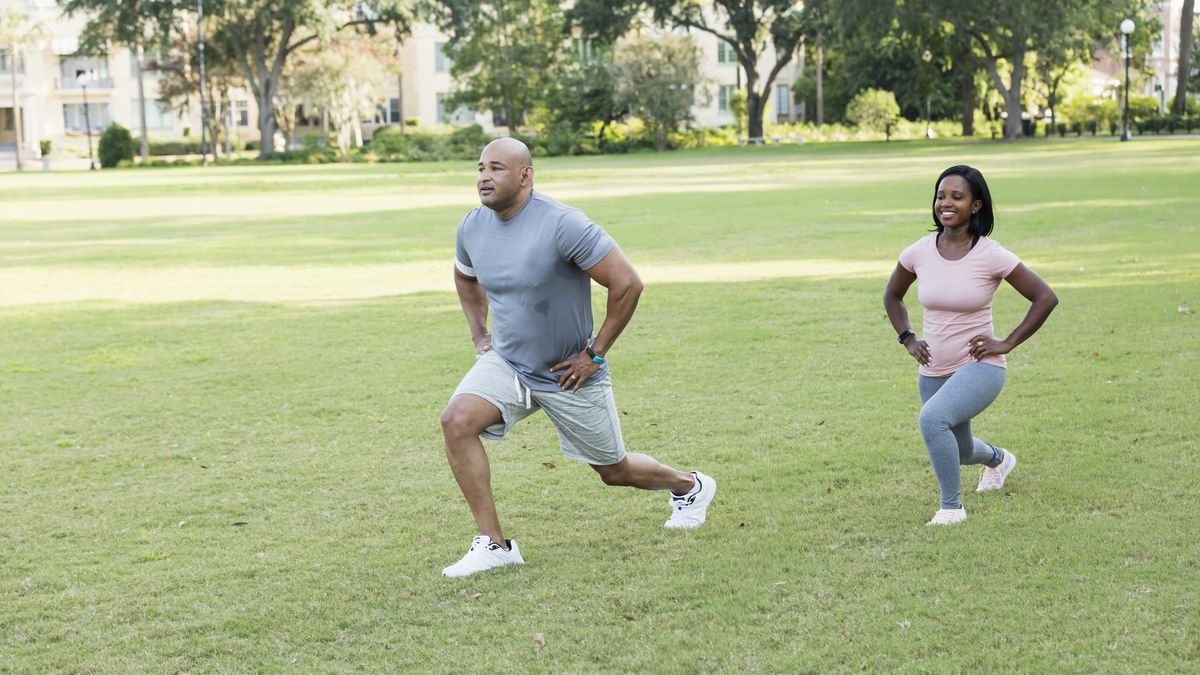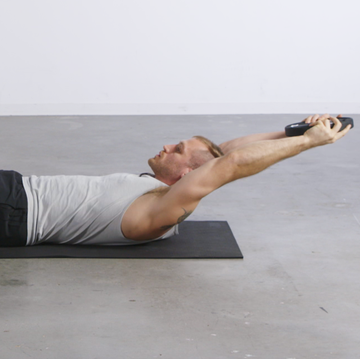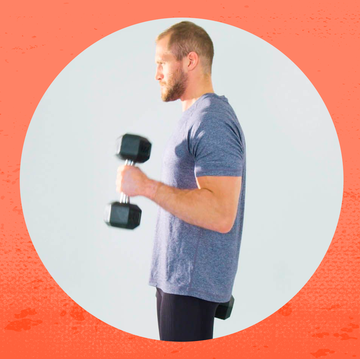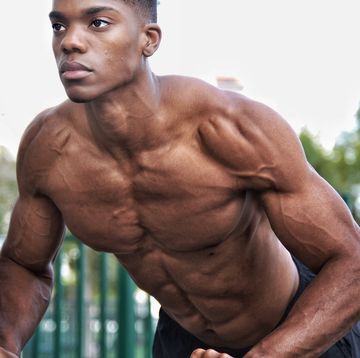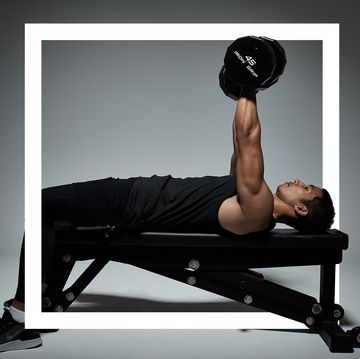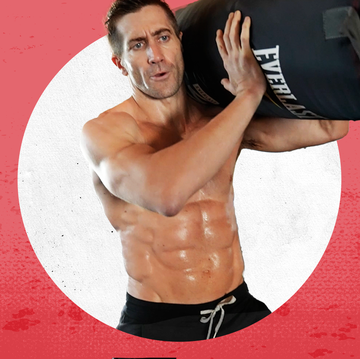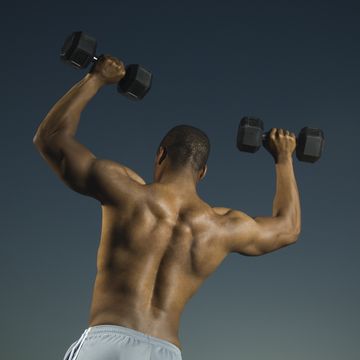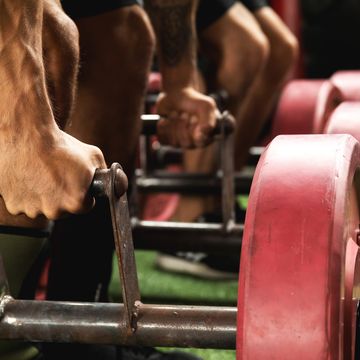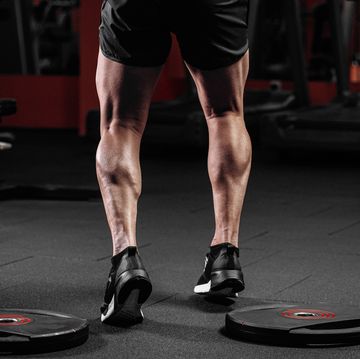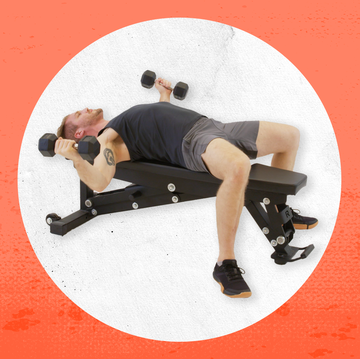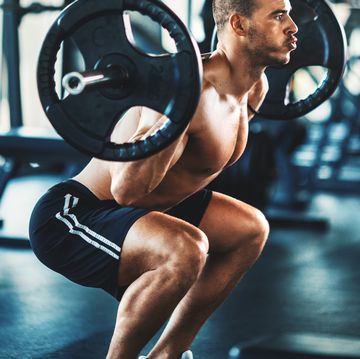Author, fitness model, and trainer Kirk Charles, NASM-CPT CES, knows that as you get older, life can get more complicated. But that shouldn’t prevent you from being on top of your game. He’ll help to answer the tough training questions that come with age so you too can be Fit Beyond 40.
By the time you get older, you just may have a few aches and pains. And one of the most common spots to deal with those pains is in your knees. You don’t need to have a serious injury to feel chronic knee pain, either; sometimes simply years of weak glutes, Achilles issues, or tough landings during playground basketball games can culminate in regular twinges during standard leg movements.
That doesn’t mean there’s anything wrong with the movements. But it does mean you should tweak your training routine. And one of the best tweaks older men can make to leg day is swapping out the classic forward lunge for the reverse lunge.
That’s what happened to one of my clients, who had never experienced knee issues in his younger years. But suddenly, leg day became challenging and painful, and one of his favorite exercises, that forward lunge, became problematic.
There are plenty of reasons that this can happen. When you do a forward lunge, if you take too small a step forward, your knee can easily track too far over in front of your foot. This isn’t a problem in and of itself (it’s normal for the knee to track over the foot, especially if you’re pushing for quad development), but if you lack proper Achilles flexibility, that places great stress on your knee. Additionally, if you lack eccentric muscle control, your front knee winds up having to absorb excess force and shock when you stomp your front foot into the ground.
That leads me to my aging-knees fix: The reverse lunge. Here, we completely remove forward momentum from the equation, preventing your front knee from ever tracking too far forward. You’re able to focus on keeping your front shin perpendicular to the ground, a principle known as “vertical shin” in gym circles that adds further knee protection and takes Achilles tightness out of the equation.
There are other benefits to the reverse lunge, too. It’s easier to avoid rounding your back during the lunge, which spare you lower back pain. And you also get to finish the move by driving back up to a standing position and squeezing your glutes, pushing for your hips into extension, an underrated movement that will help your athleticism any time you head out to the pickup basketball court.
To do the reverse lunge, start standing, just as you would with a regular lunge, and tighten your core. Step back with your right leg and plant your left forefoot in the ground. Slowly bend your left knee, doing everything possible to keep your left shin perpendicular with the ground. Lower down until your left thigh is parallel with the ground, pause, then, drive up through your right heel and return to standing. Squeeze your glutes at the top of the movement. You can alternate legs every rep, or do all your reps on one leg. Either way, aim for 3 sets of 10 to 12 reps.
Once you’re comfortable with reverse lunges, this is a move you can easily load with weight, holding resistance at your sides and keeping your abs and shoulder blades tight. Don’t arch your back when you do these (that’s back pain waiting to happen); instead, flex your abs on every rep, driving your ribcage closed.
Either way, get the reverse lunge in your routine. It’s one of the best unilateral leg training options out there, and your body will thank you for integrating it.
